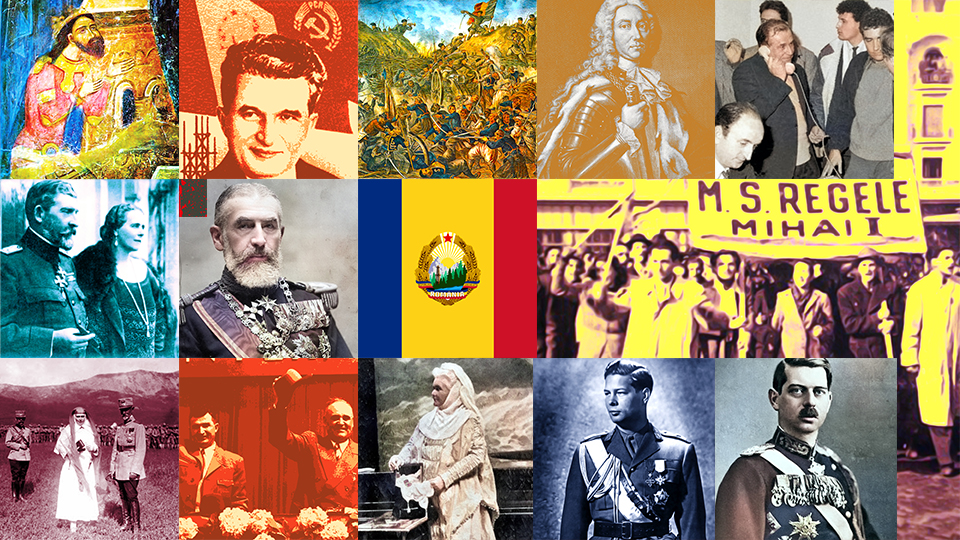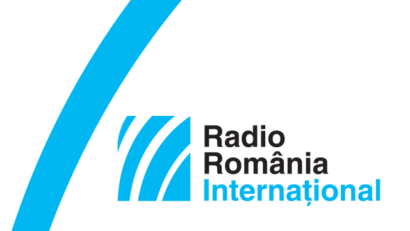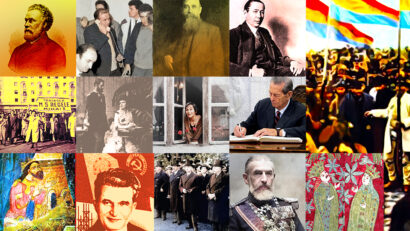The 23 August Works
The 23 August Works were some of the largest industrial platforms of socialist Romania.

Steliu Lambru, 15.09.2025, 12:00
The newly installed communist regime in Romania in the wake of WWII issued a law in 1948, no. 119 of 11th June to nationalise all industrial, banking, insurance, mining and transport enterprises. In other words, the state was confiscating the means of production. Some of the factories seized at the time included the factories founded by the industrialist Nicolae Malaxa at the beginning of the 1920’s. They would be renamed the 23 August Works and, together with anther large factory, Republica, located in the south-east of Bucharest, would form one of biggest industrial platforms of socialist Romania. For almost 80 years, the 23 August Works made rolling stock, engines and armament parts.
Engineer Pamfil Iliescu joined the 23 August Works in 1958. Interviewed by Radio Romania’s Oral History Centre in 2002, he recalled that at the end of the 1950s the factories were still operating thanks to the skill of the older workers:
“The director of 23 August Works was someone called Putinica, a former worker himself. He was a very smart guy and very kind. He had special relations with Prime Minister Chivu Stoica, maybe they were related, and he pursued a policy that was good for the factory. He decided to retain some of the old specialists in management positions. For example, even the technical director was a former owner of the enterprise, whom he kept on because he was really a good organiser and good at his job. He also kept on engineers trained during Malaxa’s time”
The economic ideology of communism was based, from its very beginnings, on copying products from industrialized capitalist countries. Pamfil Iliescu explains:
“At that time, there was an intense activity of assimilating new products. It was about assimilating the manufacture of compressors under an English license and the problem of assimilating new engines arose. The engines had been made since the war after a Hungarian model which was itself a copy of a German one. Starting from 1963 or 1964, we began buying the licenses, instead of copying them. Copying meant you took an engine, dismantled it, analysed it, saw how you could make each component and that was it. But you couldn’t export it.”
But it needed much more than that for a big factory to become profitable. Pamfil Iliescu:
“When the Romanian market opened itself to exports, everything had to be regulated. So we had to buy foreign licences. We bought the licence for compressors made in England and talks began to buy a licence for the engines. Other licences referred to hydraulic parts for engines from an Austrian company. This allowed our products to be exported. The locomotives were made initially after the Russian model. Then we began negotiations with the Swiss. The carriages were Russian-made. We had our own tradition of making carriages, but it was a combination with the SovRoms, joint Soviet-Romanian enterprises, from which we could copy without restrictions. A licence was renewed for breakage parts, the engines were bought from the Germans following direct negotiations. They only gave us the right to make and design them. For example, the engines for tanks were assimilated without a licence. The Germans kept coming to check up on us, they were suspecting something. Some of the specific parts for tank engines we had assimilated clandestinely, as it were.”
The crisis undergone by the regime also had an effect on the running of the works during the big crisis of the 1980s. Pamfil Iliescu:
“The sectors were supposed to reach a certain size, but that simply couldn’t be achieved in some cases. It became clear, for example, that 23 August Works was capable of making the main parts, but not the small parts, which it couldn’t even supply 35% of the demand. That was the situation at a given time. It would never work and never did. The target was to produce 15,000 engines a year, but we never made more than 12,000, that was the peak.”
Renamed Faur after the fall of communism in 1989, the factory went downwards and was eventually dismantled. Stretching over a surface area of 90 hectares, industrial halls, labs, outbuildings and other facilities are awaiting better times.





























